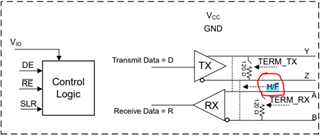How to implement a circuit to pass transient level of 310V/300A. What is the internal resistance of H/F pin of this device?
-
Ask a related question
What is a related question?A related question is a question created from another question. When the related question is created, it will be automatically linked to the original question.


